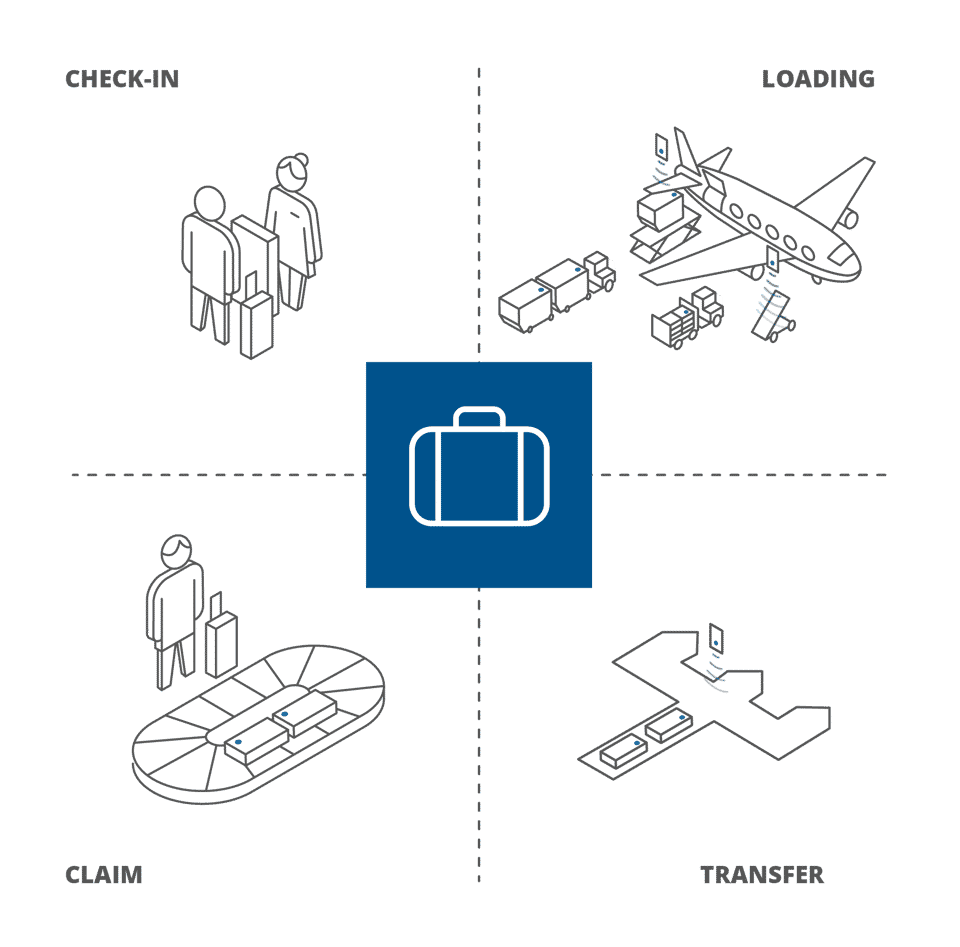"The efficiency of baggage handling has a great impact on the entire airport operation, as delayed baggage can affect aircraft turnaround time, reduce minimum connection time, affect gate management and airport capacity utilization. The RFID baggage handling and tracking solution from Lyngsoe Systems provides end-to-end visibility into baggage handling operation. The solution introduces the Lyngsoe LIVE Logistics™ platform to capture location information about bags at all hand-overs and can be used as an operational tool to support ground-handling processes."

Michael Vistisen
Vice President, Lyngsoe Systems
Reduce block time and enable growth
Airlines earn money when flights are in the air. The goal is to reduce the time aircrafts are “on-blocks” in the airport. In 2015, the documented per minute impact of a delay for US airlines was estimated to be US$65.43 per minute. If an airline can save 10 minutes on 2,000 trips, it means an additional 300 hours available for more airtime and US$1.3 million saved. The RFID baggage handling and tracking solution help reduce block time by providing real-time location data on baggage as well as supporting ground handling in taking the right decisions for speedy, accurate baggage handling.

Increase capacity without investing in new conveyors
Globally, passenger numbers are expected to double within the next 15 years, so airports are under extreme pressure to expand their capacity. To accommodate a baggage handling shortage, there are two options: expand the physical baggage handling area with new conveyors, or increase throughput within a present infrastructure. RFID has proven read rates of over 99% in baggage handling. As utilizing theSortation Reader from Lyngsoe means bags are scanned the first time they go through the BHS, it removes the need for additional manual handling, so baggage can be delivered on time, cost-effectively and without taking up excess capacity.
Profitable baggage handling operations supported by technology
According to SITA and IATA the global adoption of RFID technology could save the airline industry up to US$3 billion over the next seven years by improving baggage management and operations. With potential savings of 20 cents for every 10 cents spent on implementing RFID, now is the time to move baggage handling into a profitable business.

Optimize your baggage handling
Get in touch!
Explore Airports & Airlines